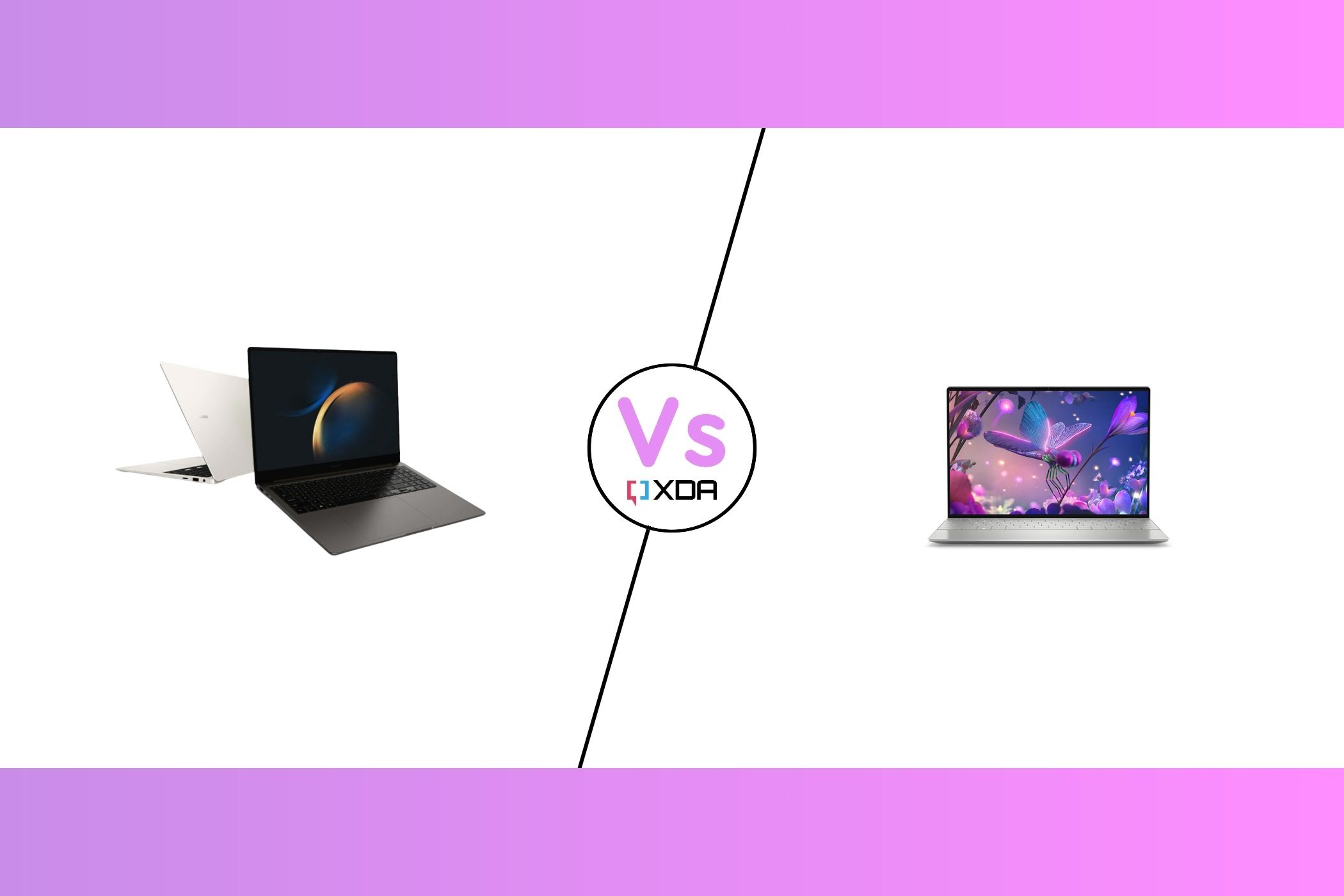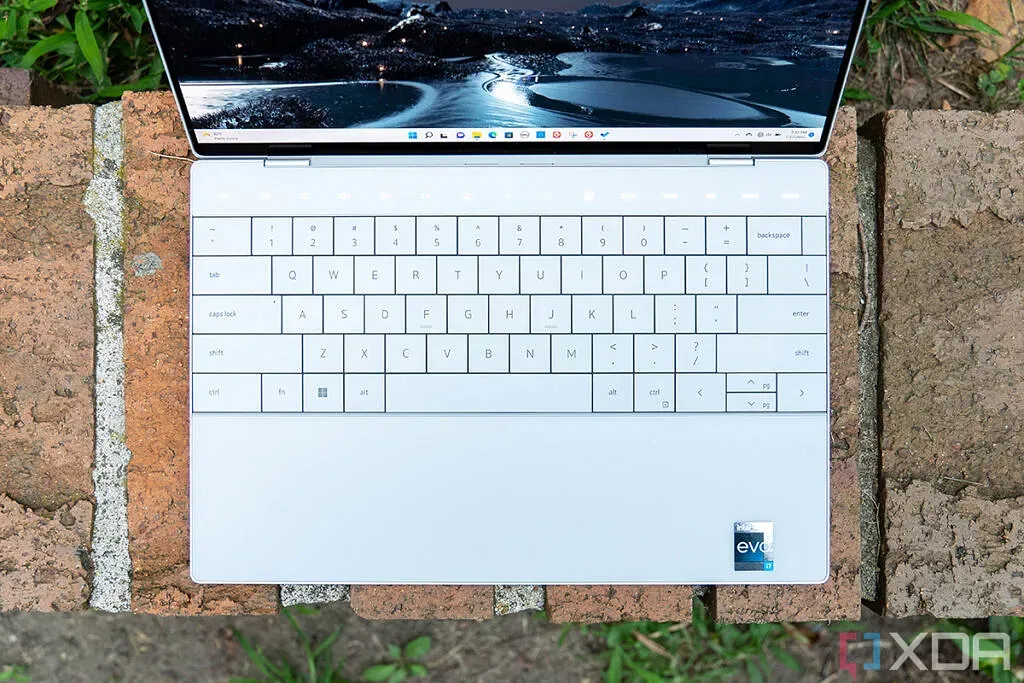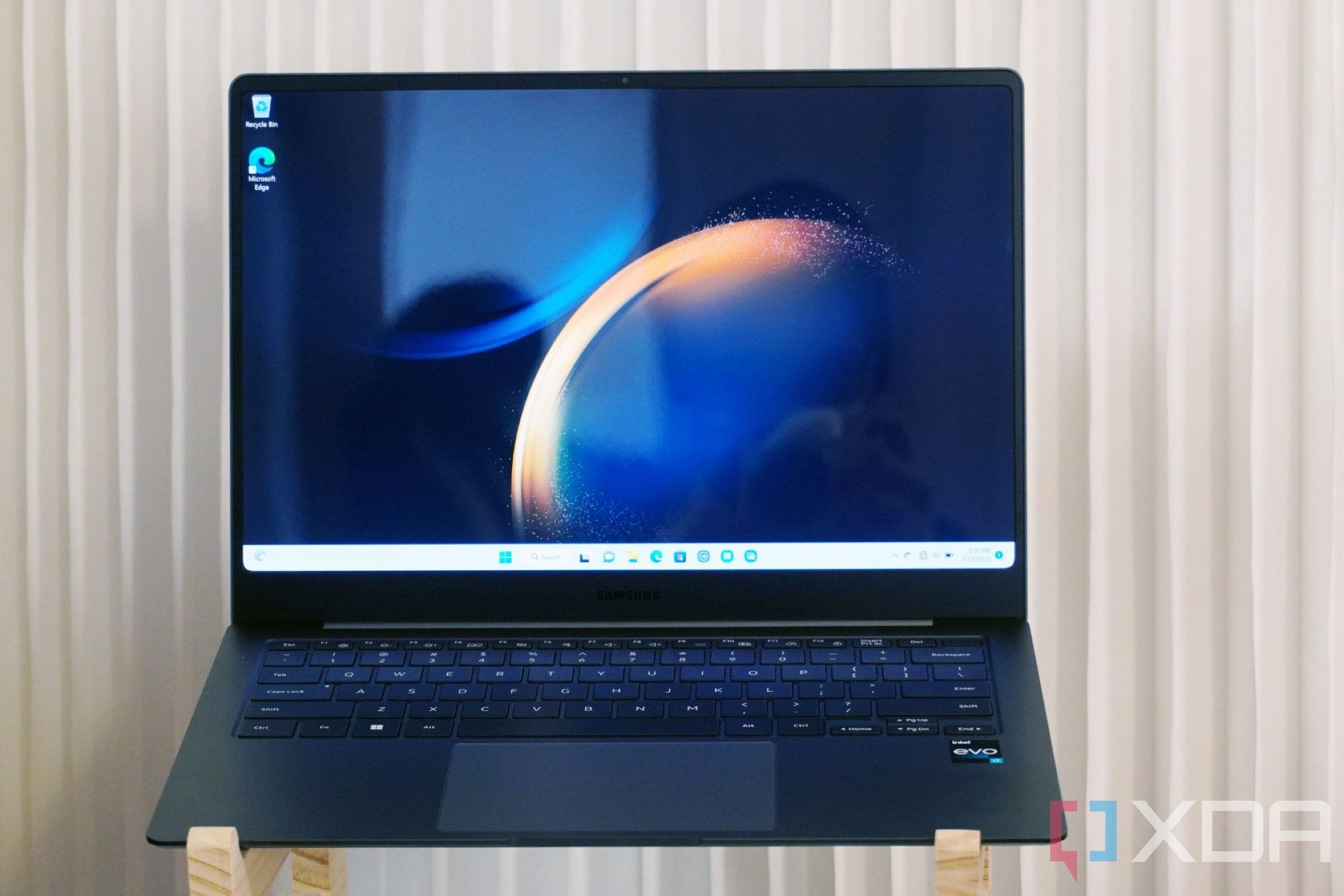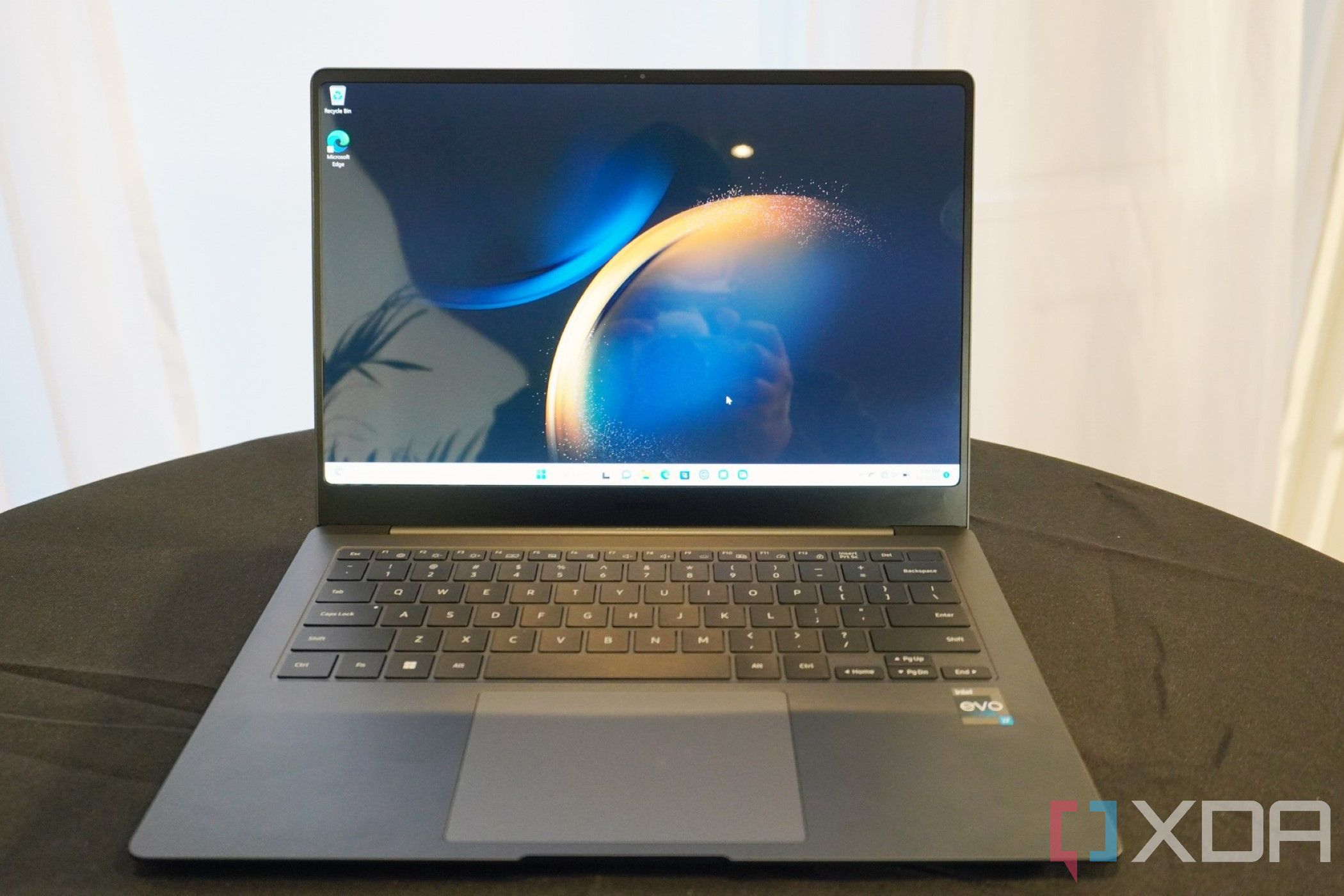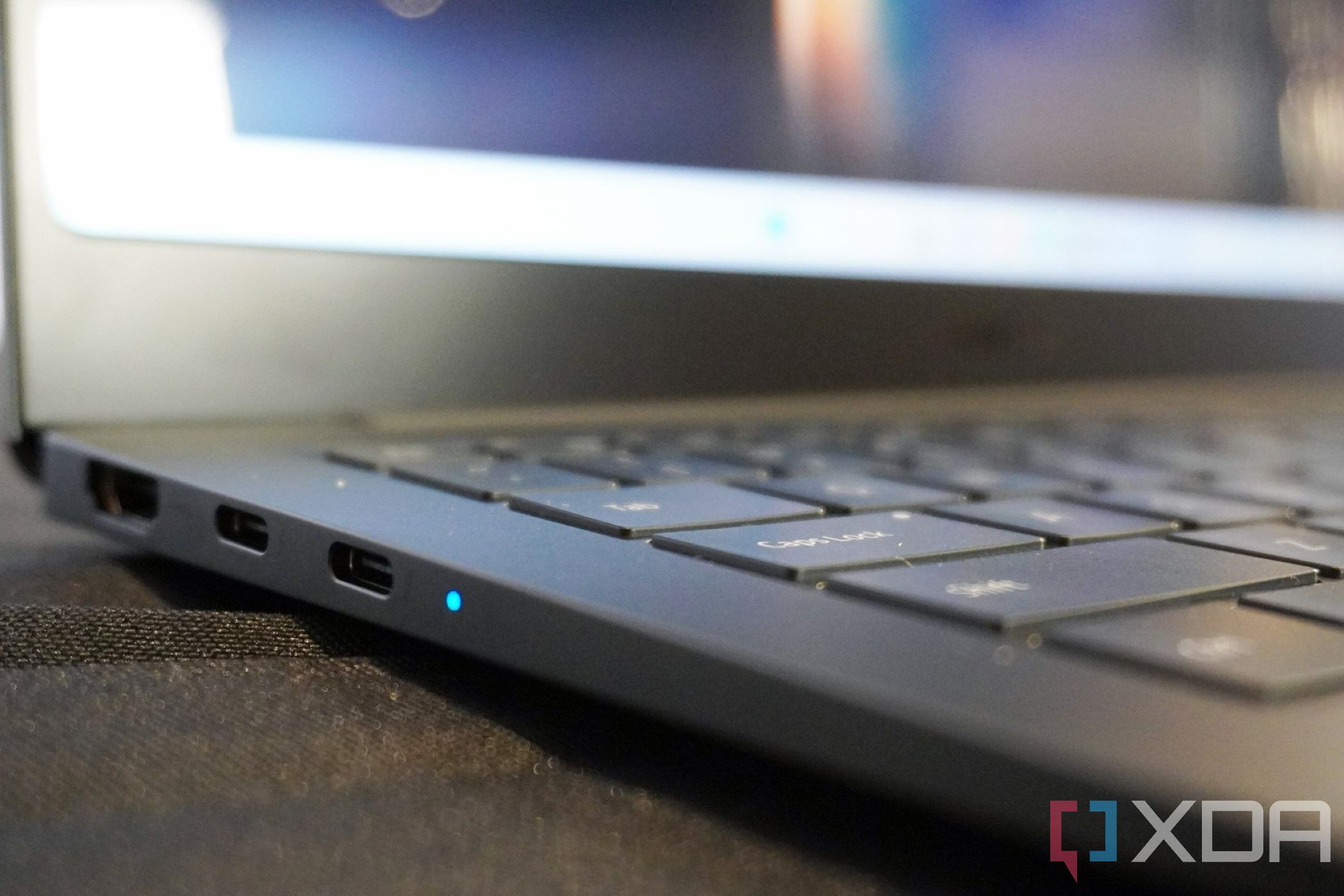Quick Links
The Dell XPS 13 Plus is one of the best laptops for most people on the market right now, but there's a new challenger in 2023. Samsung just announced the Galaxy Book 3 Pro, and with features like an AMOLED screen, small build, and newer 13th-generation Intel CPUs, it seems to be another great Samsung Galaxy laptop and device that can give Dell a run for its money. However, the Dell XPS 13 Plus still has a great design, a strong display, and strong specs for its price range. So how do the two compare?
-
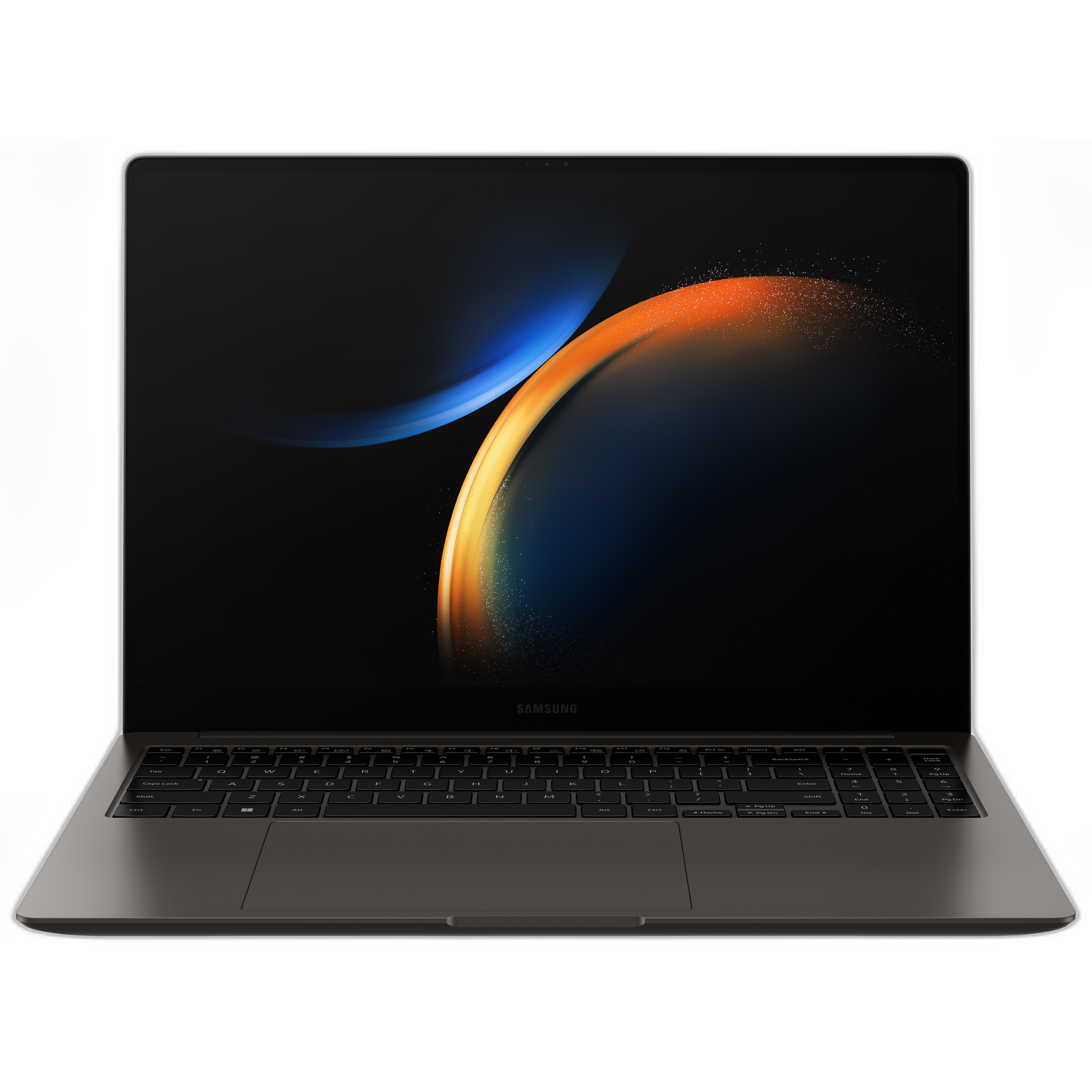
Samsung Galaxy Book 3 Pro
The Samsung Galaxy Book 3 Pro is a premium aluminum laptop with 13th-generation Intel Core processors and options for a 14-inch or 16-inch screen.
-
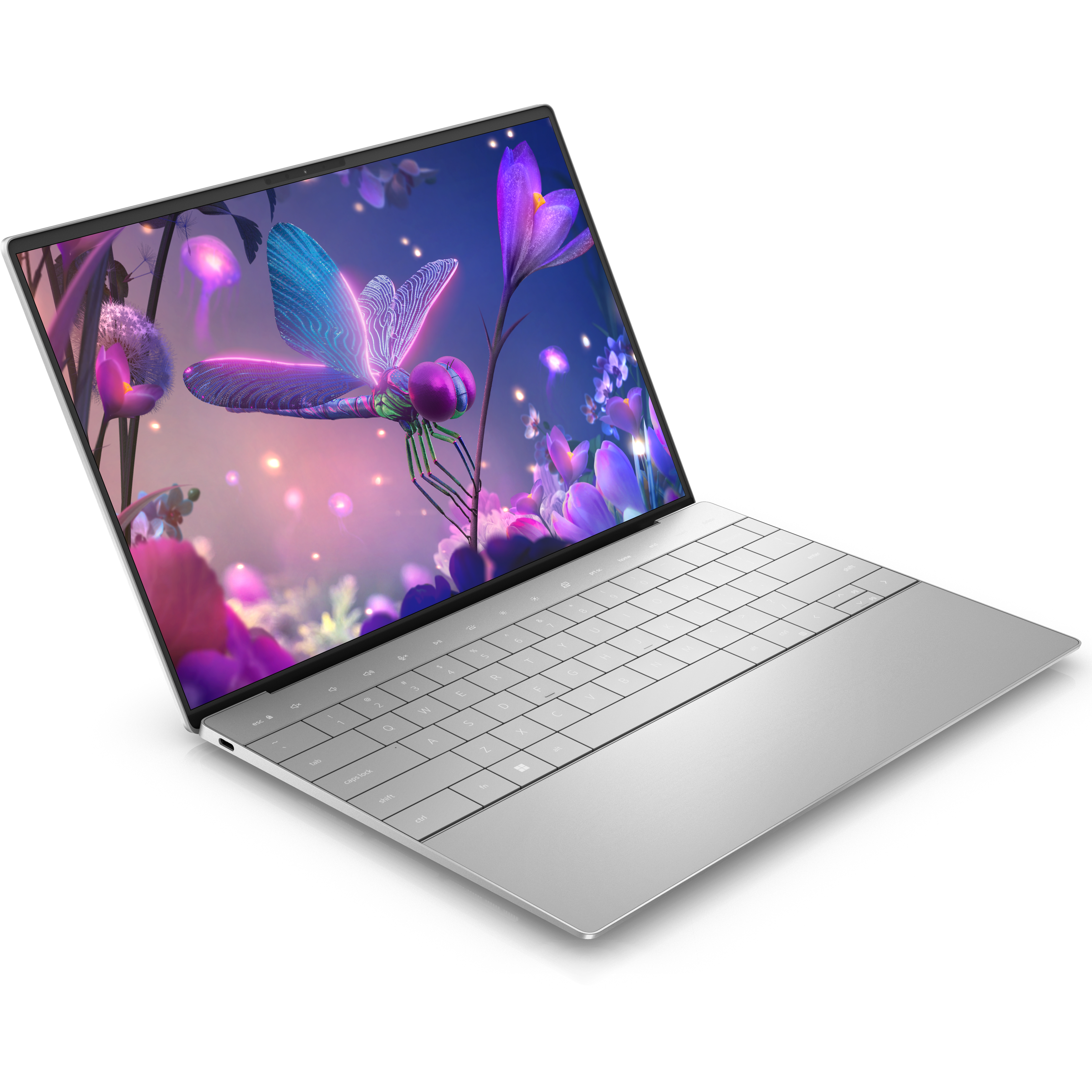
Dell XPS 13 Plus
The Dell XPS 13 Plus is one of the most futuristic-looking laptops we've seen in a long time, and it has powerful processors and a sharp OLED display, too.
Samsung Galaxy Book 3 Pro vs Dell XPS 13 Plus: Price and availability
You can buy the Dell XPS 13 Plus right now through Dell's website starting at $1,200. The base model will get you an Intel Core i5-1240P CPU, 8GB RAM, a 512GB SSD, and a standard 13.4-inch FHD+ resolution display with 500 nits of brightness. To better compare it with the Galaxy Book 3 Pro, you also can upgrade it to a 13.4-inch 3456 x 2160 (3.5K) resolution OLED display. This bumps the price up to $1,500, however.
The Galaxy Book 3 Pro starts at $1,150 and is set to launch on Feb. 17, although preorders are now open on Samsung.com. It comes in 14 and 16-inch models; With the 14-inch model for $1,150, you get an Intel Core i7 CPU, 16GB RAM, and a 512GB SSD. The 16-inch model is a little bit more expensive at $1,750 and comes with the same Intel Core i7 CPU, 16GB RAM, and a 1TB SSD.
Samsung Galaxy Book 3 Pro vs Dell XPS 13 Plus: Specs
|
Dell XPS 13 Plus (9320) |
Samsung Galaxy Book Pro |
|
|---|---|---|
|
Operating System |
|
|
|
CPU |
|
|
|
Graphics |
|
|
|
Display |
|
|
|
Storage |
|
|
|
RAM |
|
|
|
Battery |
|
|
|
Ports |
|
|
|
Audio |
|
|
|
Camera |
|
|
|
Biometrics |
|
|
|
Wireless |
|
|
|
Color |
|
|
|
Dimensions |
|
14-inch:
16-inch:
|
|
Weight |
|
14-inch:
16-inch:
|
Design: Clamshell laptops, but Dell's is fancier
Considering the design of these laptops as part of your buying decision? Well, both are clamshell laptops made of durable aluminum. The only differences come down to the overall size and a few features that make the XPS 13 Plus a flashier option.
The Galaxy Book 3 Pro 360 is bigger than the XPS 13. It comes in at 312.3 mm in length, against the XPS 13's 295.3 mm. It is somehow lighter, though, measuring 2.58 pounds against the XPS's 2.71 pounds. Interestingly, the XPS is also slightly thicker at 15.28 mm, which is slightly over the Galaxy Book 3 Pro's 11.3mm. No doubt, if you need a laptop with a bigger screen, the Galaxy Book 3 Pro will be great — especially if you want to up to 16 inches — but if you want a smaller screen and a more portable laptop, then you'd want to opt for the Dell XPS 13 Plus.
If you look at the bigger picture, the XPS 13 Plus has a more futuristic design. For one, it has a haptic trackpad, which is made of a seamless piece of glass with no moving parts. It also has touch-sensitive buttons at the top of its large keyboard with zero-lattice edge-to-edge keycaps. The Galaxy Book 3 Pro 360 just has a regular trackpad and a standard island-type keyboard with function keys. Both only come in two colorways, but the XPS 13 Plus comes in a beautiful platinum that'll stand out among the sea of dark laptops.
Display: Both laptops have an OLED option, but Samsung's is standard
While the Dell XPS 13 Plus wins in the design department, the display on the Samsung Galaxy Book 3 Pro shines because it offers an AMOLED panel as standard. You can find a similar panel on the XPS 13 Plus, but it will be an upgrade that you'll have to pay for. There's also the fact that the XPS 13 has a smaller 13.4-inch display, but the Galaxy Book 3 Pro has a slightly bigger 14-inch panel and a 16-inch option. And we can't forget the touch option on the XPS 13 Plus, which the Galaxy Book 3 Pro does not have.
The base model of the XPS 13 Plus just can't compete against the Samsung Galaxy Book 3 Pro, even with its super slim bezels. Though both laptops have 16:10 aspect ratios, the base model of the XPS 13 Plus has a 13.4-inch 1920 x 1200 resolution screen. There is an OLED option with a higher 3.5K resolution of 3456 x 2160, which better competes with the Galaxy Book 3 Pro's 2880 x 1800 resolution (3K) display.
The base model of the XPS 13 Plus just can't compete against the Samsung Galaxy Book 3 Pro, even with its super slim bezels.
This OLED upgrade seems great on paper since the pixel count and resolution are higher, and you'll get a more vibrant display. But it's not standard. You get a great display with Samsung without paying extra for it.
As for the webcam that lives at the top of those displays, it's once again hard to beat Samsung. The Galaxy Book 3 Pro has a 1080p webcam and is backed by smart features like background blur. The XPS 13 Plus is stuck in the past, with only a 720p webcam. The only benefit, though, is that the XPS 13 Plus has Windows Hello IR sensors, which allow you to log into your PC with your face. The Galaxy Book 3 Pro doesn't have this, although it does have a fingerprint reader you can use for security.
Performance: Samsung is using new 13th-generation Intel CPUs
Both of these laptops use P-series CPUs from Intel. Even though the Samsung Galaxy Book 3 Pro sports the new 13th-generation Intel CPUs, and the XPS 13 12th-generation CPUs, the everyday performance of the systems should be roughly the same. Web browsing, social media, and general productivity work will be smooth across both devices.
We have yet to review the Galaxy Book 3 Pro, so we can't speak for the performance and declare it a winner. However, you should only expect a 10% productivity boost with the 13th-generation P-class chips, according to Intel, and the hybrid architecture in both CPUs share a lot of performance similarities, with the performance and efficiency cores working to ensure that your workflows are smooth and efficient. That said, we're leaning towards the Galaxy Book 3 Pro just because of the newer Intel CPUs. It's always good to have a laptop with the latest and greatest since it'll be future-proofed for longer.
Ports and Connectivity: The Samsung Galaxy Book 3 Pro has more ports
Of course, we can't forget the ports. In this area, the Galaxy Book 3 Pro is once again a clear winner. The Dell XPS 13 only has two Thunderbolt 4 ports, so you'll likely need a docking station or dock. Thankfully, Dell includes a USB-C to 3.5mm headphone jack adapter and a USB-C to USB-A adapter in the box.
Over with the Galaxy Book 3 Pro, you're getting more than enough ports to avoid a mess of dongles. Along with the two Thunderbolt 4 ports, you also get microSD card expansion for more storage, HDMI for connecting to a monitor, a headphone jack, and USB-A. It's hard to beat that connectivity.
As for Wi-Fi and Bluetooth, both devices have Wi-Fi 6E. The Galaxy Book 3 Pro, though, has the newer Bluetooth 5.2 standard, and the XPS still uses Bluetooth 5.1.
Samsung Galaxy Book 3 Pro vs Dell XPS 13 Plus: Which should you buy?
It's hard to choose a winner in this comparison, but we highly suggest buying the Samsung Galaxy Book 3 Pro. You'll get more ports, a bigger and better screen, and won't have to pay extra for the OLED upgrade. However, the design of the XPS 13 and its overall performance might be appealing to some people. It's one futuristic-looking device, and it'll serve you well, but the Galaxy Book 3 Pro is a better long-term option thanks to those 13th-generation processors.
-

Samsung Galaxy Book 3 Pro
Samsung's Galaxy Book 3 Pro sports an impressive 120Hz AMOLED display and the latest 13th-generation Intel CPU under the hood. It comes in both 14-inch and 16-inch sizes.
-

Dell XPS 13 Plus
The Dell XPS 13 Plus is quite a sleek laptop, sporting an immersive screen, an edge-to-edge keyboard, a haptic touchpad, and the option for an even better OLED panel.

